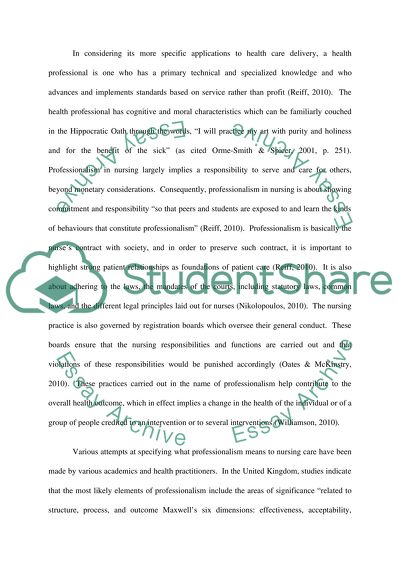Cite this document
(Professionalism in Healthcare Essay Example | Topics and Well Written Essays - 1750 words, n.d.)
Professionalism in Healthcare Essay Example | Topics and Well Written Essays - 1750 words. Retrieved from https://studentshare.org/nursing/1570830-interprofessional-practice
Professionalism in Healthcare Essay Example | Topics and Well Written Essays - 1750 words. Retrieved from https://studentshare.org/nursing/1570830-interprofessional-practice
(Professionalism in Healthcare Essay Example | Topics and Well Written Essays - 1750 Words)
Professionalism in Healthcare Essay Example | Topics and Well Written Essays - 1750 Words. https://studentshare.org/nursing/1570830-interprofessional-practice.
Professionalism in Healthcare Essay Example | Topics and Well Written Essays - 1750 Words. https://studentshare.org/nursing/1570830-interprofessional-practice.
“Professionalism in Healthcare Essay Example | Topics and Well Written Essays - 1750 Words”. https://studentshare.org/nursing/1570830-interprofessional-practice.


